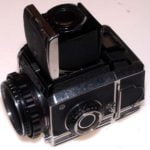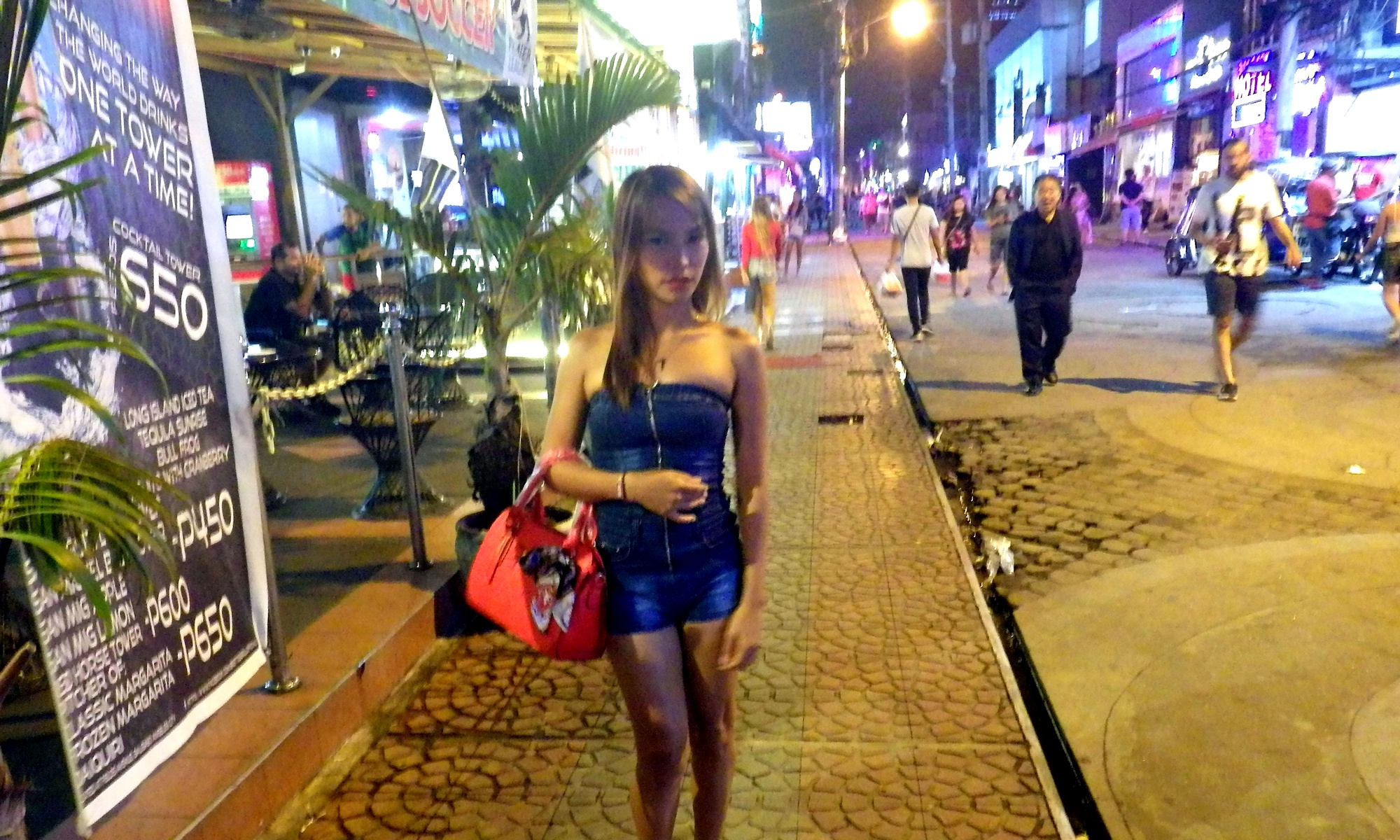Originally posted 2013-04-12 19:33:53.
 We have looked at the ways we can regulate our cameras to get the right exposure, but until now we haven’t discussed exposure itself. Correct exposure is simply setting the camera so that the subject is rendered with an appropriate range of tones in the image.
We have looked at the ways we can regulate our cameras to get the right exposure, but until now we haven’t discussed exposure itself. Correct exposure is simply setting the camera so that the subject is rendered with an appropriate range of tones in the image.
If the camera allows too much light in, or over-exposes, then the image will be too light, appear washed out, and particularly in digital, highlights will ‘blow out’, that is, be rendered as solid, featureless white. If there is not enough light, or under-exposure, the image will be too dark and the shadows will appear jet black with no detail.
All modern digital and film SLRs have very sophisticated systems of measuring the light coming from the subject and setting the camera automatically and this is exactly what a lot of photographers do. I do it myself, if there are no lighting complications or other factors to worry about. However, as soon as you begin to play with aperture and shutter speed, it really helps to know what you are actually doing.
In the late nineteenth and early twentieth centuries, most photographers developed their film ‘by inspection’. Since they used cameras that held individual glass plates or single sheets of film, this was practical, though not easy. The principle worked because once film is wet it becomes rather insensitive to deep green light, so a very dim dark green safe-light could be used to inspect the progress of development. Because of this, photographers simply estimated the exposure and then compensated in processing. Obviously, apart from the safe-light, which was only switched on for a few seconds at a time, the whole process had to be done in total darkness.
However, in the early twentieth century, roll film became popular. This put multiple images on the same roll and meant that the old system was impractical. It became necessary to standardise so that each image had the same level of exposure, so that a standard length of development would render them all correctly. This was called ‘time and temperature’ development and was carried out, usually, in light-tight tanks so that the process could be carried out, once the film was loaded into the tank, in daylight.
To ensure consistency of exposure was a problem and a number of solutions were devised, but the only one that really worked was the light meter. This was a photo-electric cell attached to a swinging needle. You pointed it at the subject, noted where the needle came on the scale, applied the film speed and read off the correct aperture/shutter speed combinations. This was not actually very difficult to do but did put many amateurs off, plus it was rather slow, so in the 1960s camera manufacturers began putting meters inside the camera itself. While these were clunky and inaccurate at first, they developed into the highly capable and sophisticated systems we know today.
However, the fact that the systems we use now are so advanced does not change what they are: automated systems. While manufacturers do their best to write algorithms into camera software that can cope with different exposure situations, the fact is that the cameras can, and will, still be fooled. So it is a good idea to understand the principles of exposure.
Always remember that the photographer, not the camera, must decide what part of the image is to be perfectly exposed. In a scene where the luminance (brightness) is fairly even across the image, as in for example a landscape, then it may be fine to rely on the camera’s meter. However, if we have a scene which is mainly dark but has a highlight that we want to expose properly, say an entertainer in a spotlight on an otherwise dark stage, the camera will almost certainly overexpose the scene and the highlight area will be ‘blown out’. This is because, despite all the fancy software, camera meters essentially average everything, so the camera will be ‘fooled’; into thinking the dark unlit area is important and expose to render it.
The same is true of a very bright background with a foreground subject that we want to render properly. One example would be photographing in snow. Or, for those of you who have visited Scotland, photographing outside Blair Atholl Castle in Perthshire, which is famously pure white and plays havoc with camera meters. A bride’s white dress, particularly if the groom is in black, can be a real challenge. There are countless similar examples; in fact any scene with high contrast, that is to say a wide range of subject brightness, should have you on the alert.
One factor that must be understood is latitude. This is, effectively, the range of brightness which will be rendered as usable tone in the image. Latitude means that slight under or over exposure can be easily compensated for; think of it as ‘wiggle room’. Monochrome film has quite good latitude, and colour print has amazing amounts. On the other had, slide or transparency film has very little, and the same is true of digital sensors. In both the latter, absolutely correct exposure is required to get a good image. (I knew several pro wedding photographers who went back from digital to film in the mid 2000s because colour print film’s far greater latitude made their lives so much easier, and some manufacturers, for example, Fuji, made digital cameras that were specifically designed for this application.)
It is a testament to the quality of the meters and software that modern manufacturers build into digital cameras that most amateurs never even realise that digital, with its inherently limited latitude, is actually a more demanding medium than film in terms of exposure. However, as soon as you step away from the ‘sun over the shoulder’ lighting situation, the difficulties inherent in digital will become clear, You can’t always rely on the camera to fix these for you, so you should learn how to correct them.
Now the digital photographer has a huge advantage that film did not: you can check your images immediately after exposure using the LCD screen on the camera. You should make it a habit, any time you are the slightest but unsure, of making a test exposure and seeing how well the camera is coping, before trying serious pictures. However, realising that your camera is either over or under-exposing critical areas of the image isn’t helpful unless you know how to manage the problem, and we will discuss this in the next article.

